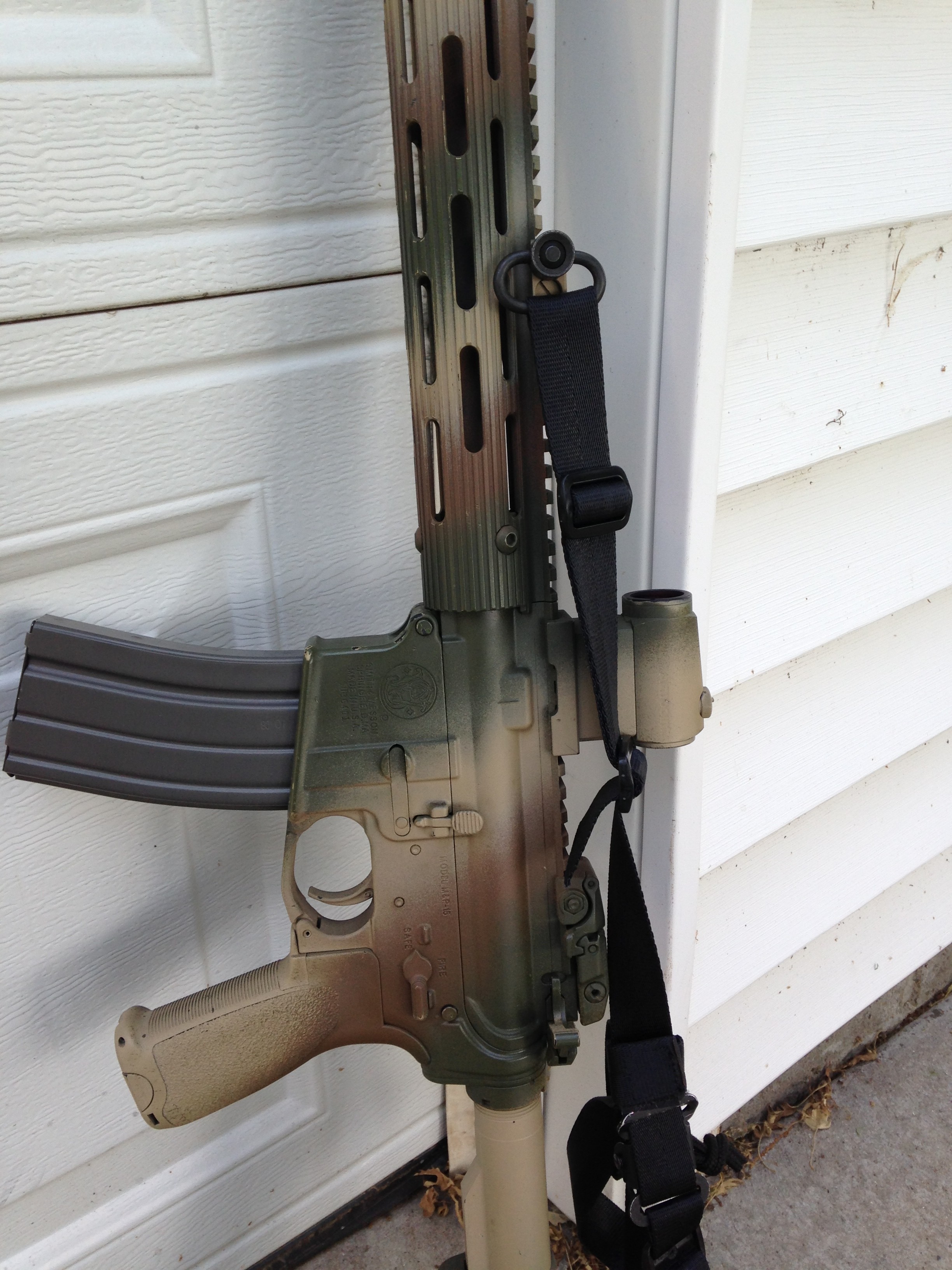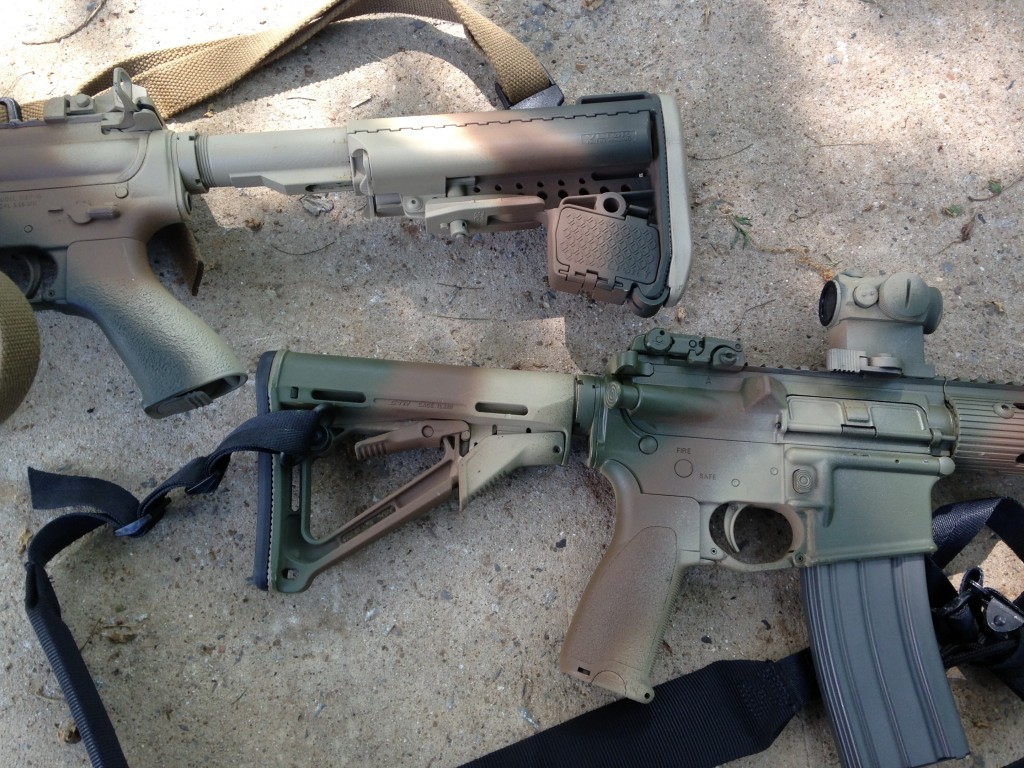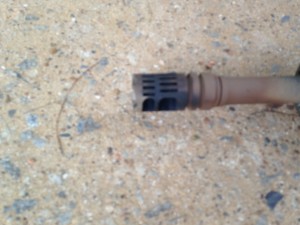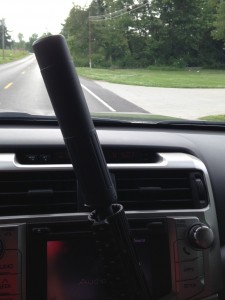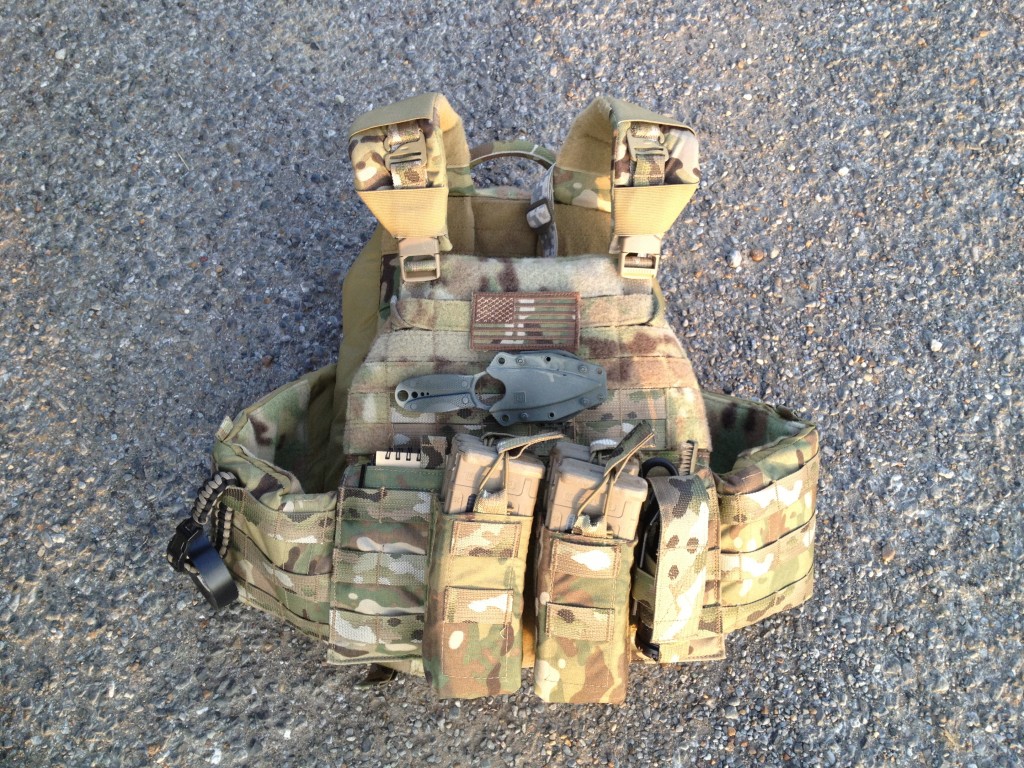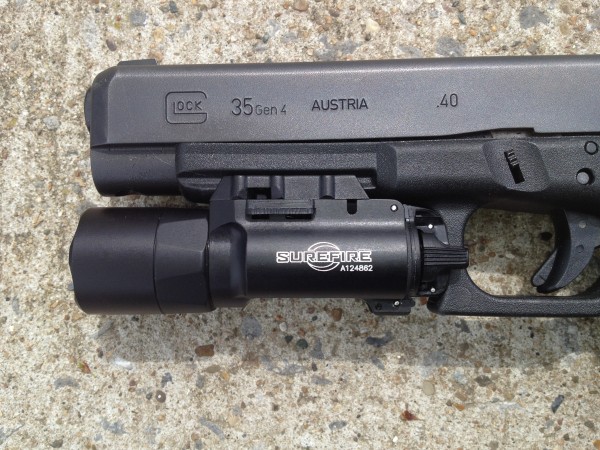This is a guest post from one of our recent students who took the Practical Fundamentals class with us.
“The right art,” cried the Master, “is purposeless, aimless! The more obstinately you try to learn how to shoot the arrow for the sake of hitting the goal, the less you will succeed in the one and the further the other will recede. What stands in your way is that you have a much too willful will. You think that what you do not do yourself does not happen.” – Zen in the Art of Archery
I’m a peculiar kind of shooter. Though I’ve been shooting pistols for over a decade now, at times with great dedication, and able to occasionally perform at IDPA’s Expert level, every pull of the trigger is an exercise in self-doubt. I’ve been schooled, through independent reading and hands-on instruction, in the oft repeated basics of marksmanship: focus on your sights; don’t flinch, don’t jerk the trigger; press the trigger; don’t anticipate; let it surprise you; let your breath fall out of you; relax your grip; move your trigger finger independently; establish your master grip; establish your base; etc… etc… etc. The truth is that for as long as I’ve been shooting, I haven’t had any faith in the process. After all, the target yielded the real truth about myself as a shooter. Because the target was not always successfully hit, I regarded each trigger pull as an opportunity to fail.
Since every sight picture was another possible failure, I would try to cheat. I would close one eye. I would hide my non-dominant eye behind the curved bill of my cap. I would hold my breath. I would strain my grip. I would adjust and re-adjust my sight picture. I would snatch at the trigger when the sights looked just right, as if I could catch that front sight, wobbling ever so slightly within its notch, unawares. The results were totally predictable: my practical accuracy was not only poor, it was slow. And the greater the pressure to perform, the worse I did. It’s no wonder that I subconsciously grew to have an ambivalent feeling towards the appearance of my sights. I knew that I needed them, but I somehow felt abused by them, betrayed by them. It was a dysfunctional relationship.
For the most part, my training was results-oriented. Practical Fundamentals is almost entirely process-oriented. The class’ chief process of concern is mastering the trigger. Unlike other classes which gloss over trigger control with vague descriptions and an emphasis on what not to do, Bruce Gray and Jerry Jones provide detailed instruction on the hows of trigger control at speed. These fundamentals are immediately put into practice and re-emphasized with every press of the trigger over the 2 day course. This was not the first time I had heard of prepping the trigger, nor the first time I had practiced it. The prescribed drills, however, had me using the technique well enough that it started to become automatic. I was able to run the trigger better, and less deliberately, than I had before. From there, a number of profound changes came over my shooting. Though I didn’t immediately recognize it, my sights and I had entered relationship counseling, and it would pay dividends.
The first small step towards reconciliation took place over some simple rapid strings at a single target. As I watched the front sight lift and return to its notch, I noted that I wasn’t straining. I wasn’t fighting the gun. I wasn’t jumping on the trigger. The trigger, after all, was ready to go. I was… waiting. I was just waiting for the sight picture to announce when the next shot would be let go. I had become an observer.
The practical effects of this shift were slight: my speed picked up a bit; my accuracy appeared to remain adequate (OpSpec makes no great efforts to ensure you can see where you’ve hit, leaving ragged targets up beyond what some would consider an adequate tour of duty. While this practice may have some detractors, this forces the student to pay attention to the only dynamic object of interest – your sights.) The mental effects were much more significant. I was able to relax and look. What I saw next was again something I should have seen long ago, but hadn’t.
How many times had I been told to call my shots? I thought I was, if calling your shots meant making an educated guess as to where your round landed. As it is always easier to know when you’ve flubbed a shot than got it right, perhaps it’s more accurate to say I was calling my misses. “I pulled that shot… I broke early… my sights weren’t aligned…” Mentally, this was an active process. The defining moment for me came during a transitions drill. Swinging left I saw the front sight lift just short of the obliterated center that was my goal. Amazingly, as I moved to recover the pistol, a saw a crisp hole precisely where that sight lifted. Precisely. Now that my trigger pulls weren’t confounding the picture my sights could be trusted to tell me what was really going on. Rather than actively guessing which shots were misses, I was passively watching the sights deliver all the information I needed. As we moved on to Mozambiques, I was waiting for my sights to appear over the head for the 3rd round, but I also trusted that it was right to fire as soon as it arrived. The results were quicker, cleaner hits without any of the anxiety. It was an emotional breakthrough.
The capstone lesson occurred during something of a parlor trick. Bruce and Jerry went down the line and one at a time pressed the trigger while you aligned the sights. If there is a horse-whisperer equivalent for shooting instructors, Jerry might be it. This man who generally wears very little expression on his face, looking like he might need another cup of coffee, puts a hand on your shoulder, and facing slightly up-range, gently coaxes the shooter with soft words into just watching the sights. The shot goes off and the sweet, low entreaties resume for another 4 shots. The groups are generally the best of the course. But while most shooters were impressed by the mechanical accuracy of their gun and the fact that with proper trigger control such groups were possible, my thoughts were a slight tangent: the front sight was dancing all over that target. He couldn’t see it, he didn’t decide when to break the shot, yet the group stayed tight. Well, that was it. Not only could I trust my sights when they were behaving well, but the small wobbles I formerly thought would have a dramatic effect on my accuracy were in fact a false demon of my own conjuring.
The few of you who have made it through this lengthy reflection may be left wondering how any of this was news to me. After all, I’ve been shooting for a while in practical settings. I left Practical Fundamentals wondering the same thing. My embarrassing realization was that I didn’t know what the fundamentals of practical shooting really were, or how profound a difference proper trigger management would make on my performance. I knew all of the catch phrases and theories. But when it came time to practice, I focused on all of the other skills I mistakenly thought were fundamental to shooting well: draws, rapid sight acquisition, static dry fire, doubles, reloads, malfunction drills. I practiced this stuff long and hard, and became just good enough to think I was on the right track. I was wrong. Without the most basic skill, perfect trigger management, the rest will only get you to a false ceiling. OpSpec’s Practical Fundamentals is not about burning through more powder than the other guys, nor about showing you the latest tactic to be a slick gunslinger. It delivers a platform by which shooters may know their true potential. I certainly wasn’t the best shooter on the line, but next time I see Bruce and Jerry, I can guarantee I’ll be the best shooter I’ve ever been. I like that.

